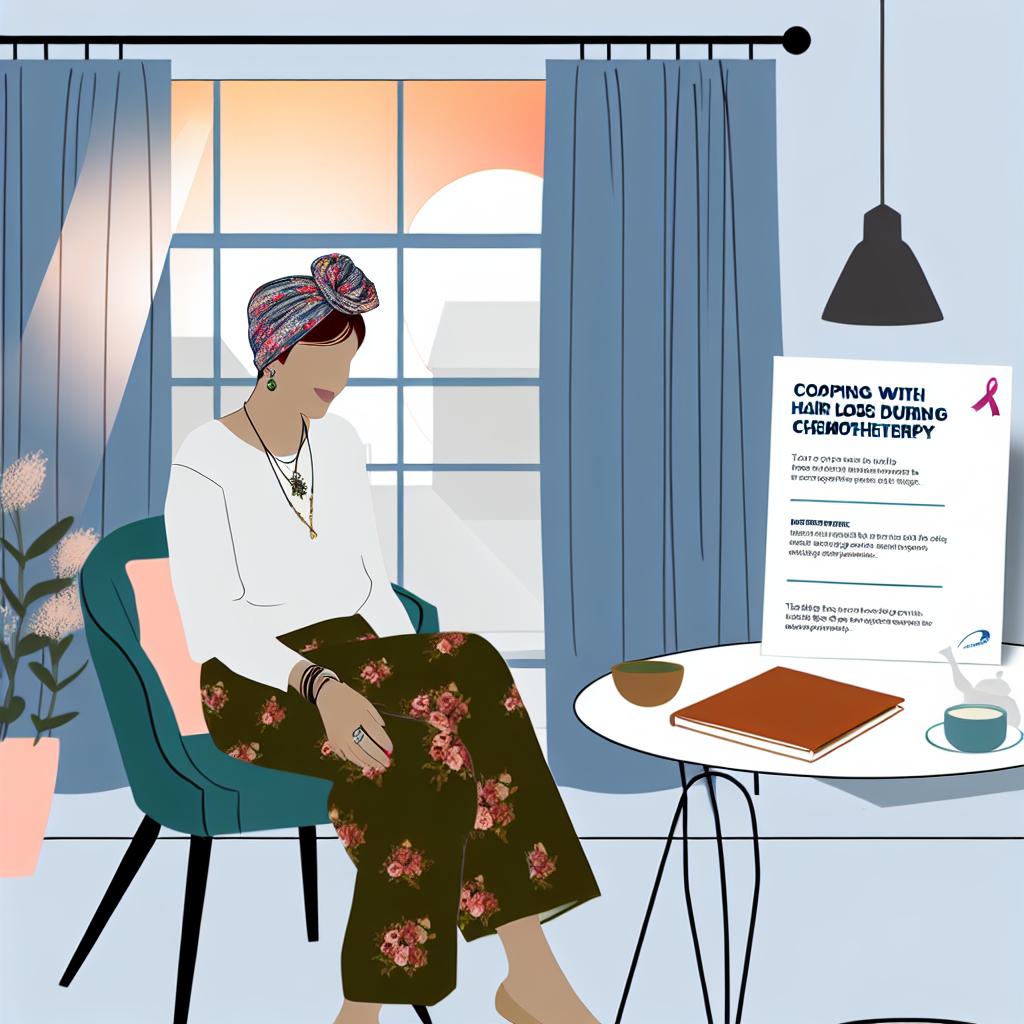Understanding Hair Loss During Chemotherapy
Chemotherapy is a well-established treatment method utilized to combat cancer through the use of potent drugs designed to target and eliminate cancerous cells. However, an unfortunate aspect of chemotherapy is its impact on other rapidly dividing cells in the body, which includes not only the malignant cells but also some normal, healthy cells. Among the most noticeably affected are hair cells due to their rapid growth rate, leading to the side effect most commonly known as hair loss.
When Does Hair Loss Occur?
Hair loss related to chemotherapy generally becomes apparent a few weeks after the initiation of chemotherapy sessions. The exact timing and pattern of hair loss can differ considerably among patients due to variations in the chemotherapy drugs used and the individualized treatment plans prescribed. For some, signs of hair thinning or comprehensive hair loss can occur relatively early, potentially affecting not only the scalp hairs but also eyebrows, eyelashes, and hairs in other regions of the body.
Is Hair Loss Preventable?
Hair loss can be a distressing aspect of cancer treatment, and while preventive measures are not always guaranteed, there are certain approaches that might help to lessen its extent. One notable method being studied is *scalp cooling*, alternatively known as scalp hypothermia. This intervention aims to reduce the temperature of the scalp during chemotherapy sessions, thereby attempting to decrease the drug’s circulation reaching the hair follicles. The suitability and effectiveness can vary, and hence, discussing such options with a healthcare provider is crucial to determine if it’s appropriate for an individual case.
Managing Hair Loss
Implementing a proactive and strategic approach is advantageous in managing the side effects related to hair loss. Here are several considered strategies:
Hair and Scalp Care: Employing gentle hair care routines can be highly beneficial to the scalp and remaining hair. This includes utilizing mild shampoos and opting for soft-bristled brushes to avoid additional stress on hair. Furthermore, minimizing the use of heat styling tools and chemical treatments can also aid in preserving hair health.
Head Coverings: The use of wigs, scarves, and hats serves as a practical option for individuals wishing to maintain comfort and confidence during this time. A diverse range of materials and styles is available, allowing for personal customization to suit different aesthetic preferences.
Sun Protection: Hair acts as a natural shield for the scalp, and its absence makes the scalp more vulnerable to sun exposure. Consequently, wearing protective head coverings or applying sunscreen is recommended to safeguard the scalp against harmful sun rays.
Emotional and Psychological Support
The experience of hair loss during chemotherapy can invoke significant emotional challenges for many. Support mechanisms can play an invaluable role in this context. Participation in support groups can foster community and share experiences, while professional counseling offers structured emotional support. For those seeking additional resources, organizations such as the American Cancer Society provide comprehensive contact points for support services and further information.
A key factor to bear in mind when navigating hair loss due to chemotherapy is its general temporary nature. After the cessation of the treatment protocol, many patients observe the gradual regrowth of their hair within a few months. Maintaining open communication channels with healthcare providers can yield invaluable personalized advice and support, tailored to ensuring optimal care during this challenging period. The knowledge that these side effects are transient can offer comfort and reassurance, aiding patients in focusing on their recovery and overall well-being.
This article was last updated on: August 21, 2025

